I am running into this wall regarding bidirectional relationships.
Say I am attempting to create a graph that represents a family tree. The problem here is that:
* Timmy can be Suzie's brother, but
* Suzie can not be Timmy's brother.
Thus, it becomes necessary to model this in 2 directions:
(Sure, technically I could say SIBLING_TO and leave only one edge...what I'm not sure what the vocabulary is when I try to connect a grandma to a grandson.)
When it's all said and done, I pretty sure there's no way around the fact that the direction matters in this example.
I was reading this blog post, regarding common Neo4j mistakes. The author states that this bidirectionality is not the most efficient way to model data in Neo4j and should be avoided.
And I am starting to agree. I set up a mock set of 2 families:
 and I found that a lot of queries I was attempting to run were going very, very slow. This is because of the 'all connected to all' nature of the graph, at least within each respective family.
and I found that a lot of queries I was attempting to run were going very, very slow. This is because of the 'all connected to all' nature of the graph, at least within each respective family.
My question is this:
1) Am I correct to say that bidirectionality is not ideal?
2) If so, is my example of a family tree representable in any other way...and what is the 'best practice' in the many situations where my problem may occur?
3) If it is not possible to represent the family tree in another way, is it technically possible to still write queries in some manner that gets around the problem of 1) ?
Thanks for reading this and for your thoughts.
